
The church located just behind the residency of the president is a site to behold! The red stones and the remains of the roman empire just before it gives a picturesque view into history.
The church built in the 4th Century as Roman Baths has stood the challenge of time and the change of leadership over time and is one of the oldest buildings in the town of Sofia. Sofia has an interesting religious history and churches form a significant part of history, such as the Church of Sofia and The Cathedral of Sofia.
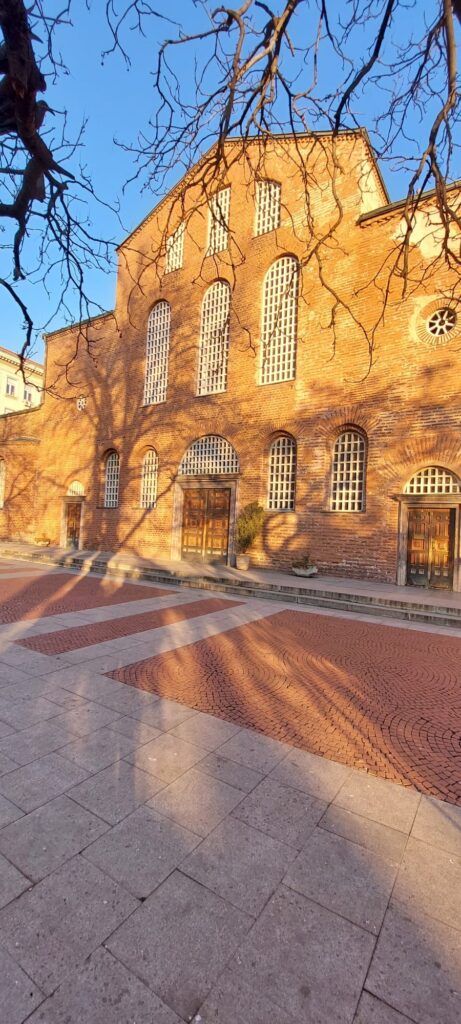
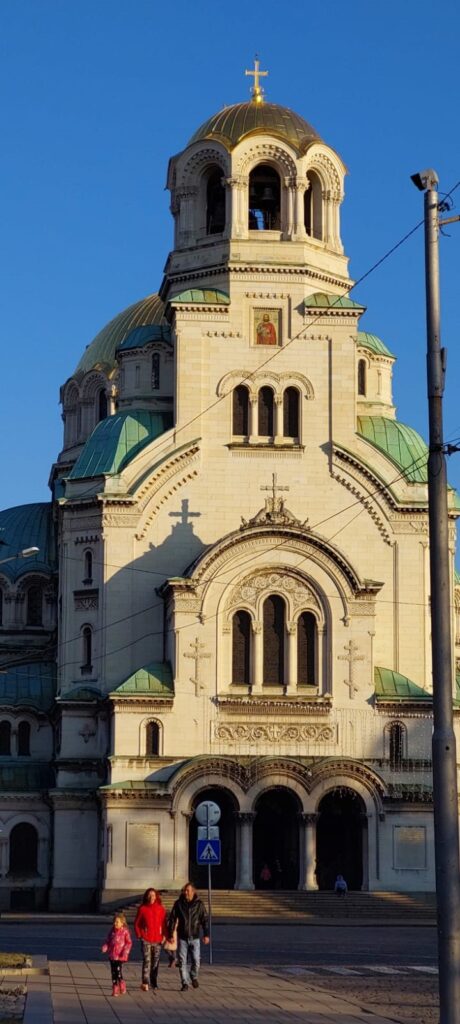
The St. George Church, though small, is a reserve for history and the paintings on the walls were discovered during its renovation. The church on the inside has retained much of its history and stands at a pivotal point in the city of Sofia.
The church’s paintings have also some Muslim history as at one point the city of Sofia was occupied by the Ottoman empire. The St. George church Rotunda is one of the most reserved pieces of architecture from the roman empire.
In front of the church, one can see the old settlements of the roman empire. The floor of houses that lay in ruin but the Rotunda is a symbol of longevity and perseverance through history. Historians believe that this is the oldest building in modern Sofia, thus is an important symbol in its historical account.
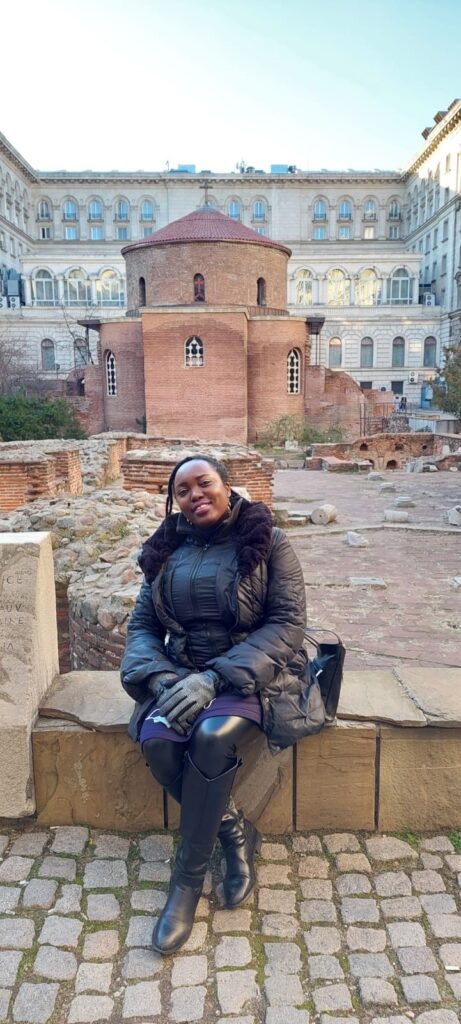
The Bulgarian travel org gives an interesting chronological order of events that transpired during this time: “Originally the building was used for public purposes. After the recognition of Christianity as a religion in the Roman Empire, the Rotunda became a baptistery (a building for conversion to Christianity), due to the many conversions, following the authorization of this religion.
At the time of Emperor Justinian, the Great (reigned 527 – 565), the Rotunda was transformed into a church. The first wall painting was made in the same period. It is assumed that since then it bears the name of St. George the Martyr, who suffered for his faith in Minor Asia in the 3rd century, under the reign of Emperor Diocletian (reigned 284 – 305).
During the Ottoman rule and the reign of sultan Selim the 1st (reigned 1512 – 1520) the Rotunda St. George was transformed into a mosque, named Gyul Dzhamasi.
The Christian paintings on the walls were obliterated with white plaster and in their place were painted floral motifs.” The engravings on the stone just in front of the church also gives a snippet into this amazing history.
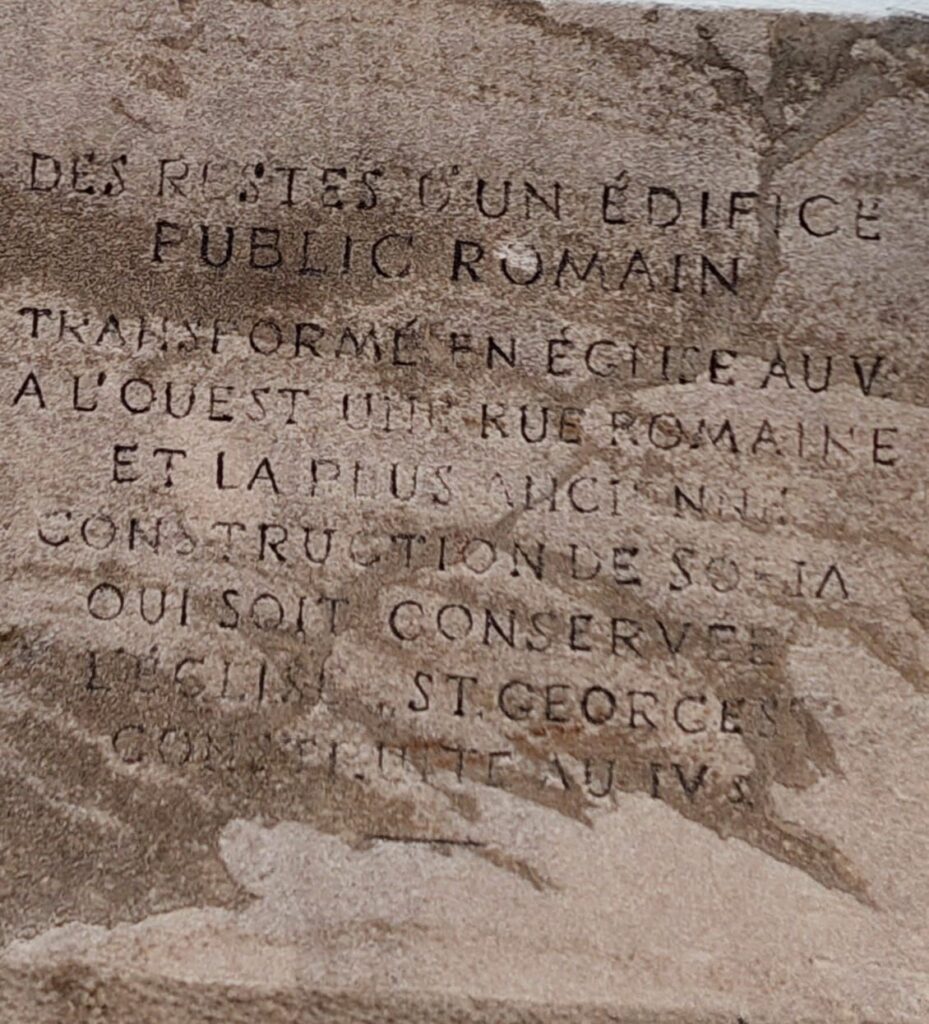
After the liberation of Bulgaria in 1878, the Rotunda was deserted, and after the death of Knyaz Alexander Battenberg (reigned 1879 – 1886), it was transformed into a mausoleum.
Its restoration began in 1915. Nowadays the temple is operational and performs daily worships in the Eastern church singing, also known as Byzantine music.” Sofia has a very interesting church religious history. It is one of the places where churches, synagogues and mosques exist in harmony.
#Travel #St.GeorgeChapel #Sofia.

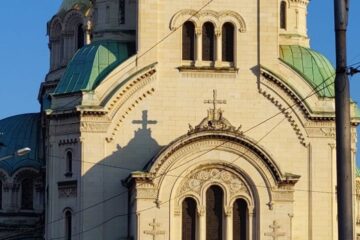
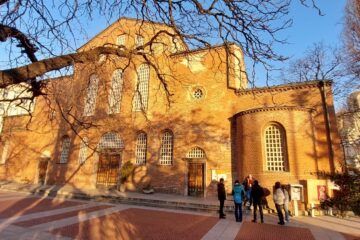
Thanks for sharing ❤️
welcome dear